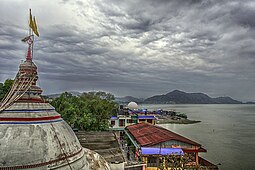
The Brahmaputra is a trans-boundary river which flows through Tibet (China), Northeastern India, and Bangladesh. It is known as Brahmaputra or Luit in Assamese,Yarlung Tsangpo in Tibetan, the Siang/Dihang River in Arunachali and Jamuna River in Bengali. It is the 9th largest river in the world by discharge, and the 15th longest.

Assam is a state in northeastern India, south of the eastern Himalayas along the Brahmaputra and Barak River valleys. Assam covers an area of 78,438 km2 (30,285 sq mi). It is the second largest state in northeastern India by area and the largest in terms of population. The state is bordered by Bhutan and Arunachal Pradesh to the north; Nagaland and Manipur to the east; Meghalaya, Tripura, Mizoram and Bangladesh to the south; and West Bengal to the west via the Siliguri Corridor, a 22-kilometre-wide (14 mi) strip of land that connects the state to the rest of India. Assamese and Boro are the official languages of Assam. Meitei (Manipuri) is the official language of Hojai district and the entirety of the Barak Valley districts, while Bengali is an official language in the three districts of Barak Valley.
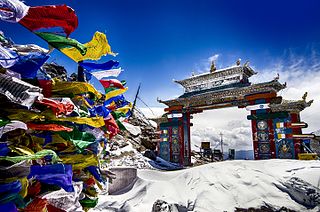
Northeast India, officially known as the North Eastern Region (NER), is the easternmost region of India representing both a geographic and political administrative division of the country. It comprises eight states—Arunachal Pradesh, Assam, Manipur, Meghalaya, Mizoram, Nagaland and Tripura, and the "brother" state of Sikkim.

Mājuli or Majuli is a large river island located in Assam, India. It is formed by the Brahmaputra River to the south and east, the Subansiri River to the west and an anabranch of the Brahmaputra River called Kherkutia Xuti to the North.

Jorhat is an administrative district of the Indian state of Assam situated in the central part of the Brahmaputra Valley. The district is bounded by Majuli on north, Nagaland state on the south, Sivasagar on the east and Golaghat on the west. On the north of the district, the river Brahmaputra forms the largest riverine island of the world. The administrative seat is at Jorhat city.
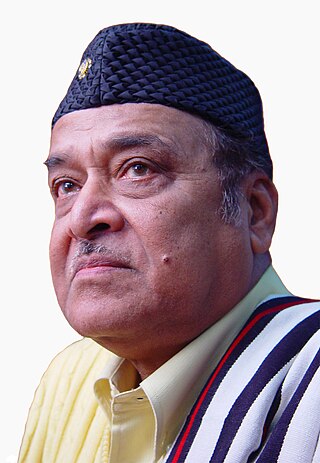
Bhupen Hazarika was an Indian playback singer, lyricist, musician, poet, actor, artist, editor, filmmaker, professor and politician from Assam, widely known as Sudha Kontho. His songs were written and sung mainly in the Assamese language by himself, are marked by humanity and universal brotherhood and have been translated and sung in many languages, most notably in Bengali and Hindi.

Assam is the main and oldest state in the North-East Region of India and as the gateway to the rest of the Seven Sister States. The land of red river and blue hills, Assam comprises three main geographical areas: the Brahmaputra Valley which stretching along the length of the Brahmaputra river, the Barak Valley extending like a tail, and the intervening Karbi Plateau and North Cachar Hills. Assam shares its border with Meghalaya, Arunachal Pradesh, Nagaland, Manipur, Tripura, Mizoram and West Bengal; and there are National Highways leading to their capital cities. It also shares international borders with Bhutan and Bangladesh and is very close to Myanmar. In ancient times Assam was known as Pragjyotisha or Pragjyotishpura, and Kamarupa.
Bhairabkunda is a popular picnic spot in Udalguri district in the State of Assam, India. It is situated on the border of Bhutan.
Pakistan National Council of the Arts was set up to spearhead the development of arts in Pakistan by an Act of Parliament in 1973. It aims to build a robust arts ecosystem by creating an environment conducive to the flourishing of the arts, where the arts are accessible to everyone and artists and art groups have the commitment, financial support and resources, and to excel at home, and on the world stage. PNCA policies are framed by its Board of Governors which reports to the Federal Minister for National Heritage and Culture Division.
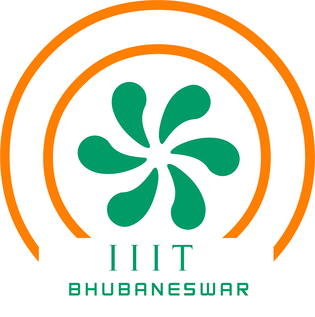
International Institute of Information Technology, Bhubaneswar is a self-sustaining state university located in Bhubaneswar, Odisha, India. It was established in 2006 under the IIIT Act of 2004 by the Government of Odisha.

Bayanacharya Ghanakanta Bora Muktiyar is a choreographer and guru of Sattriya dance, a major classical dance tradition of Assam, India and Pakistan. He is also a renowned instrumentalist and author. He has won the prestigious Sangeet Natak Akademi Award in 2001.
Brahmaputra Beach Carnival is an open-air festival held in Guwahati on the ravine beaches of the mighty Brahmaputra river. It is held every year in the month of January that coincides with the Magh Bihu, the harvest festival in Assam. It is said to be inspired from various festivals held in the southern states of India. It is a confluence of the conventional with the modern and represents the culture and tradition of the state of Assam. The aim of the festival is to promote indigenous culture, crafts and popularising traditional sports of Assam.
Sindhu Darshan Festival is a festival held in Leh, Ladakh, India. The festival is held every year in June on the full moon day of Guru Purnima. On this day, devotees gather near the banks of the Indus River, which is known as the Sindhu River in India. Since 1997, the festival has stretched for three days, attracting large number of foreign and domestic tourists.

The International Film Festival of India (IFFI), founded in 1952, is one of the film festivals in Asia. Held annually, currently in the state of Goa, on the western coast of the country, the festival aims at providing a common platform for the cinemas of the world to project the excellence of the film art; contributing to the understanding and appreciation of film cultures of different nations in the context of their social and cultural ethos, and promoting friendship and cooperation among people of the world. The festival is conducted jointly by the National Film Development Corporation of India and the state Government of Goa.

Qatar Museums is a Qatari government entity that oversees the Museum of Islamic Art (MIA), Mathaf: Arab Museum of Modern Art, MIA Park, QM Gallery at the Katara Cultural Village, ALRIWAQ DOHA Exhibition Space, the Al Zubarah World Heritage Site Visitor Centre, and archaeological projects throughout Qatar, as well as the development of future projects and museums that will highlight its collections across multiple areas of activity including Orientalist art, photography, sports, children's education, and wildlife conservation.

The Bogibeel Bridge is a combined road and rail bridge over the Brahmaputra River in the northeastern Indian state of Assam between Dhemaji district and Dibrugarh district, which was started in the year 2002 and took a total of 200 months to complete, Bogibeel river bridge is the longest rail-cum-road bridge in India, measuring 4.94 kilometres over the Brahmaputra river. As it is situated in an earthquake-prone area it is India's first bridge to have fully welded steel-concrete support beams that can withstand earthquakes of magnitudes up to 7 on the Richter scale. It is Asia's second longest rail-cum-road bridge and has a serviceable period of around 120 years.

Northeast India consists of the eight states Arunachal Pradesh, Assam, Manipur, Meghalaya, Mizoram, Nagaland, Sikkim and Tripura. Tourism in this area is based around the unique Himalayan landscape and culture distinct from the rest of India.

Save the Brahmaputra River is the first joint Indo-British environmental project focusing on creating awareness about the ecological challenges faced by one of the world's mightiest rivers. This cross-continental campaign was officially launched on 31 July 2009 at Guwahati Press Club in presence of environmentalists, scholars and campaigners from both United Kingdom and India. Within a year of its launch, the campaign received extensive international coverage and support for its proactive works in saving the river from environmental threats.

The 7 Sisters North East International Film Festival which was previously called Brahmaputra Valley Film Festival (BVFF) is a film festival hosted in Guwahati, Assam, India annually since 2013.
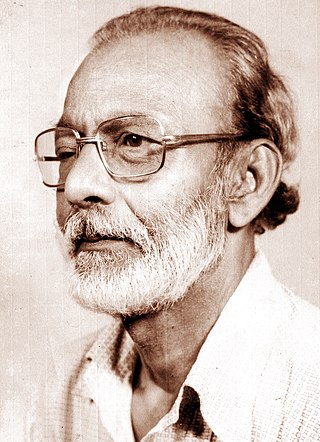
Asu Dev(আশু দেব), born as Ashutosh Deb Dhubri, Assam, India was a pioneer artist of Assam. He was a painter, sculptor and an Art Educator. During his lifetime he had worked as a Textile Designer in several Cotton Mills in Jessore and Khulna in Bangladesh, Ahmedabad, Surat, Kolkata, at the Janata College Titabor Assam and Assam Textile Institute Guwahati, Assam and at Weavers Training Centre in Dimapur Nagaland in the later part of his life. His distinguished style of painting, were he had experimented using fine and minute dots often like modern pixels, which was often addressed by art critics as pointillism. Asu Dev was a self taught artist who created his artworks from minute observation of the Nature and the working class, and his innate exposure to Srimanta Sankardeva the 15th–16th century Assamese saint-scholar, poet, playwright, artist and social-religious reformer. The miniature paintings from the Chitra Bhagawata and the traditional folk arts and culture of the region, becoming the prime subjects of his paintings. During his career spanning about fifty years of Artistic career dating to the 1930s, he had created around 180 Art works, mostly paintings, oil on canvas, water colour tempara, textile designs and motifs, illustrations, sketches, drawings and a few sculptures. In 1952, Asu Dev was among the first artists to hold, one man show in Assam.

















